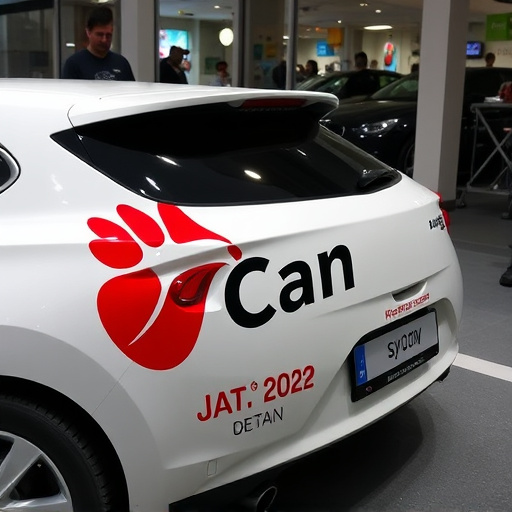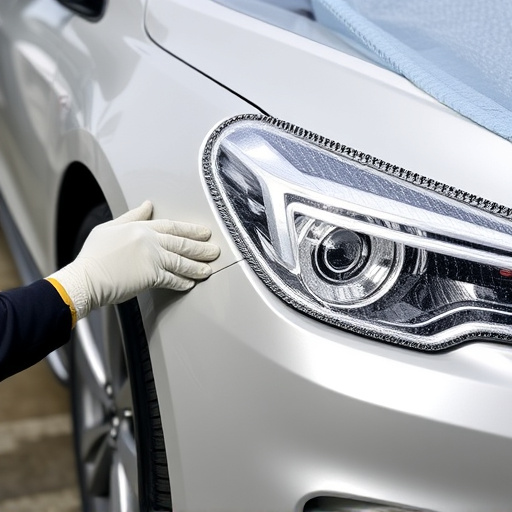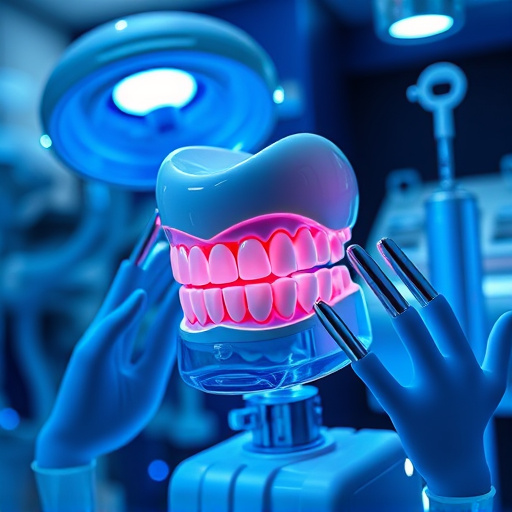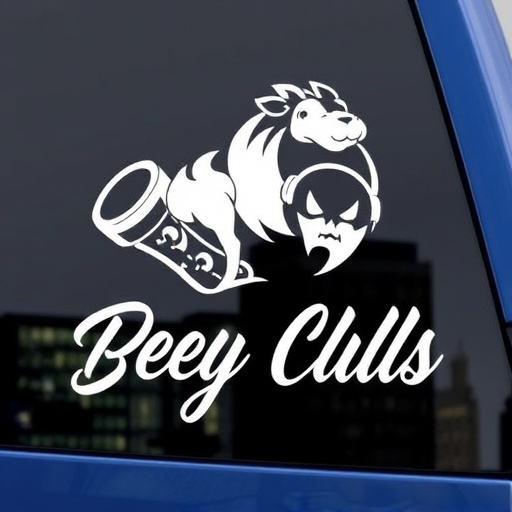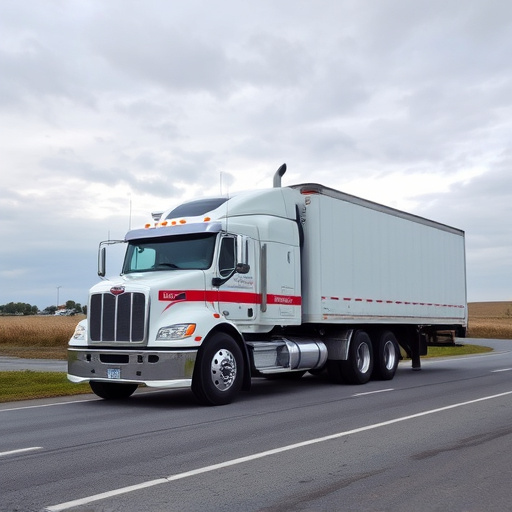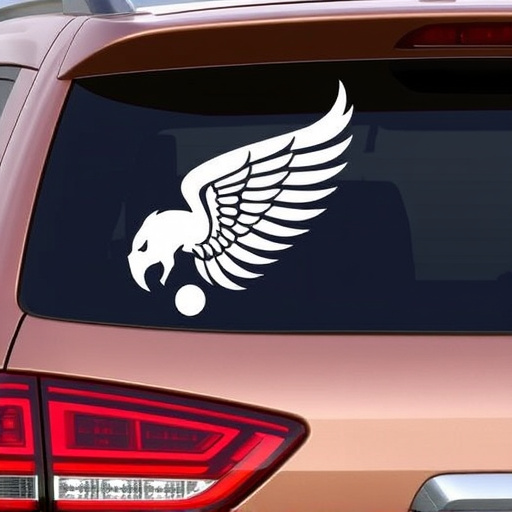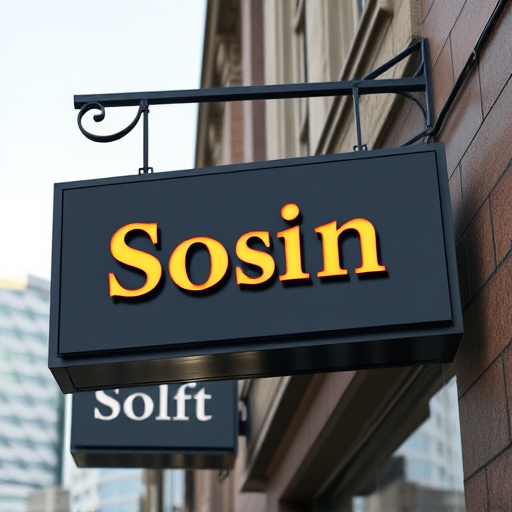Vehicle graphics design requires understanding surface variations for optimal visual performance. Custom graphics tailored to curved areas and proper paint protection ensure long-lasting vibrancy. Color theory and design principles create impactful designs, turning cars into dynamic mobile billboards. Balancing branding and visuals reinforces professional identity while advanced window treatments enhance aesthetics and functionality.
Elevate your brand’s visibility on the road with expert tips on high-impact vehicle graphics design. This comprehensive guide explores crucial aspects, from understanding unique vehicle surfaces and material choices to harnessing color theory and design principles for maximum impact. Learn how to balance branding consistency with eye-catching visuals, ensuring your vehicles make a lasting impression. Discover strategies that transform your fleet into a mobile marketing force through effective vehicle graphics design techniques.
- Understanding Vehicle Surfaces and Material Considerations
- Color Theory and Design Principles for Impactful Graphics
- Balancing Branding and Eye-Catching Visuals Effectively
Understanding Vehicle Surfaces and Material Considerations

Vehicle surfaces are unique and diverse, from shiny metal to textured paints and even glass. Understanding these variations is key to effective vehicle graphics design. Each material has its own characteristics that will influence how your design looks and performs. For instance, a smooth, polished aluminum surface will reflect light differently than a matte black paint job. Custom graphics designed for a curved, textured hood may need to be tailored to avoid creases or bubbles.
When creating vehicle graphics, consider the material’s needs for protection too. Paint correction is important not just for aesthetics but also as a base for long-lasting custom graphics. Scratch protection coatings can add an extra layer of defense against environmental damage, keeping your design vibrant and clear for longer. Remember, the right preparation and materials will ensure your vehicle graphics make a lasting impression.
Color Theory and Design Principles for Impactful Graphics

Color theory forms the backbone of impactful graphics design in the automotive industry. When crafting vehicle graphics, understanding color harmony and contrast is key to capturing attention. Warm hues like red and orange can evoke passion and energy, while cool tones such as blue and green convey calmness and modernity. Balancing these colors through complementary or analogous schemes creates visually appealing combinations that enhance the overall aesthetics of a vehicle.
Design principles like balance, repetition, and alignment also play a crucial role in vehicle graphics design. Arranging graphic elements with care ensures a harmonious composition. Repetition of patterns or motifs can strengthen the visual impact, especially when incorporated into wraps or tinted windows using materials like ceramic window tinting or ceramic coating. Custom vehicle wraps that adhere to these principles can transform a car into a mobile billboard, effectively communicating brand messages and capturing viewers’ interest on the road.
Balancing Branding and Eye-Catching Visuals Effectively

In the realm of vehicle graphics design, achieving a perfect balance between robust branding and captivating visuals is an art. While eye-catching graphics are essential to stand out on the road, they should complement your brand identity rather than overshadow it. Start by understanding your brand’s core values and colors, and then translate these elements into visually appealing designs that maintain consistency across all vehicles. This harmonious blend ensures that your branded vehicle graphics not only grab attention but also reinforce your professional image.
Incorporating advanced window treatments like professional ppf installation or ceramic window tinting can significantly enhance both aesthetics and functionality. These technologies not only offer heat rejection benefits, reducing the interior temperature and improving driver comfort, but they also contribute to the overall visual appeal by adding depth and texture to the design. By thoughtfully integrating these features, you can create a striking vehicle graphics design that effectively communicates your brand while providing practical advantages.
Designing high-impact vehicle graphics requires a blend of understanding vehicle surfaces, mastering color theory, and balancing branding with eye-catching visuals. By considering material properties, applying effective design principles, and harmonizing brand identity with captivating aesthetics, you can transform vehicles into moving billboards that leave a lasting impression. Incorporate these expert tips into your vehicle graphics design process to ensure impactful and successful visual communication on the road.

